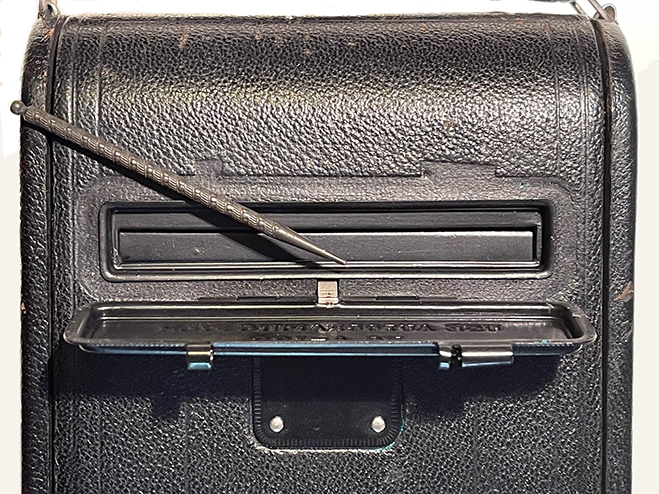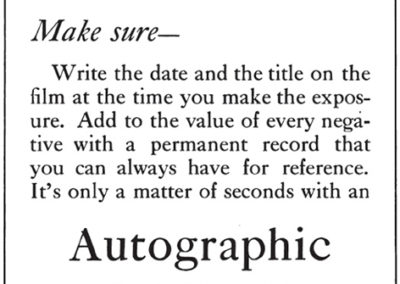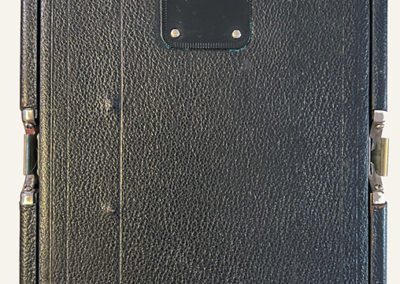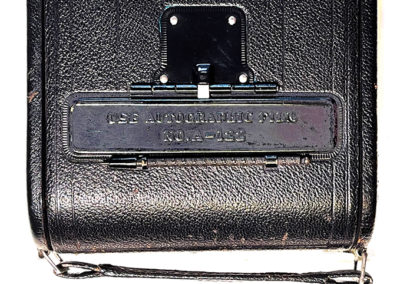Feature Image: Detail showing open Autographic door for access to paper backing of the film and stylus.
Several factors led to the dramatic popularity of the real photo postcard in the first decades of the 20th century.
- The postal regulation changes to offer daily mail after Rural Free Delivery (RFD) was established in 1898 and change in designation of “Private Mailing Card” to “Post Card in 1901.”
- Eastman Kodak introduction of roll film and rise of inexpensive hand-held cameras that began around 1888 and grew exponentially as manufacturers strove to join the growing market by offering scores of inexpensive amateur cameras.
- Availability of amateurs to process and print at home with promotion, tutorials, and supplies offered in publications like Photo Miniature, Camera and Darkroom, and American Amateur Photographer after 1901, and in 1905, a chapter on collecting postcards by Wall and Snowden in The Photographic Picture Postcard.
- The resulting explosion of interest in amateur photography that resulted – in snapshots, non-commercial images in family albums, and photographic postcards
As the market grew and the process of making amateur photographs and postcards became familiar, manufacturers offered new formats, such as panoramic cameras, and more elaborate amateur cameras with better lenses and accessories to help compete with professional offerings.
The Eastman Kodak Company blossomed during the era of the real photo postcard, producing thousands of cameras ranging from simple box Brownies to complex professional models with coupled rangefinders and high-quality lenses.
In 1914, Kodak introduced a line of “Autographic” cameras which added the capability of the photographer to write a brief notation on the negative, which would appear on the edge of the photographs or postcards printed from that negative.
The Autographic cameras had a small trap door on the back of the camera with a bracket for a removable decorated metal stylus. When the door was opened it permitted the photographer to make notes on the paper backing of the film that were transferred onto the film through a thin layer of carbon paper. The carbon paper transferred the writing to the film and prevented exposure of the printed lines. When the film was developed and printed, the result was white writing on a black background on the edge of the image. Unlike most handwritten notations made with India ink on the negative, which often include awkward or reversed letters, the Autographic produced correctly oriented notations.
Examples of Kodak Autographic Postcards – Roscoe Arbuckle Entertaining the Troops

- Real photographic postcard of Roscoe “Fatty” Arbuckle entertaining troops, location unknown likely taken with a Kodak Autographic Camera ca 1915-17. Collection of the author.
The three examples of real photo postcards probably produced with a Kodak Autographic 3A camera show silent film star Roscoe later known as “Fatty” Arbuckle. Roscoe began his career in Bisbee, Arizona in 1909 as a vaudeville performer at the Orpheum Theater as part of the musical and slapstick comedy team “Reed & Arbuckle.” Roscoe and his wife Minta Durfee left Bisbee later that year to take advantage of the larger entertainment industry in Los Angeles. Roscoe was a talented singer and his singing career had been encouraged by Enrico Caruso, but Roscoe chose to remain a vaudevillian. After a few more years on the circuit, Arbuckle was discovered by Max Sennett, became part of the “Keystone Cops,” and joined the burgeoning film industry in 1913.
These three examples of Roscoe entertaining military troops were collected from different sources over several years and raise some interesting questions. Are the troops involved in the tableaus with Arbuckle on the Mexican Border earlier in his career or related to WWI? They are yet to be identified.
Each image contains a four-digit number (4407, 4412, 4415) in the lower right corner. The lowest numbered image shows an apron clad Roscoe washing canteen cups with a group of soldiers. The second shows Arbuckle goofing off and mugging to crack-up a soldier in formation. In the final image, Roscoe switched from military hat to cap in a similar pose but with a different group of soldiers, apparently in another location.
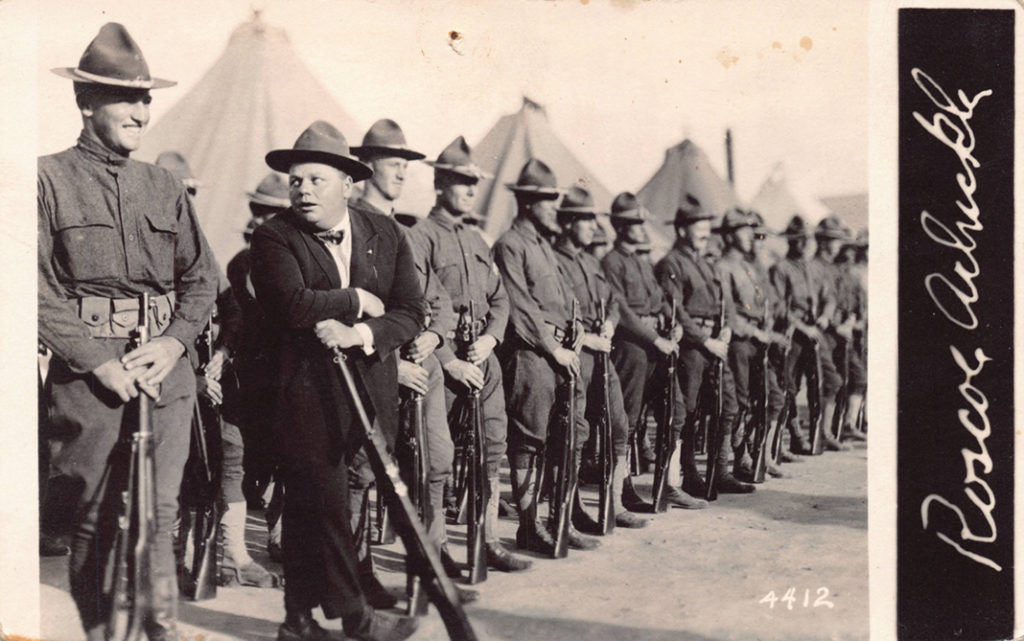
- Real photographic postcard of Roscoe “Fatty” Arbuckle entertaining troops, location unknown likely taken with a Kodak Autographic Camera ca 1915-17. Collection of the author.
Each postcard has a Roscoe Arbuckle signature on the right side of the image in what appears to be an example of an Autographic notation. The signatures are very similar and could also have been printed from a single signature to emulate the Autographic style. Hopefully, more examples of Roscoe Arbuckle real photo postcards from this series, and additional information about the location, event and date will surface in the future to add to this story.
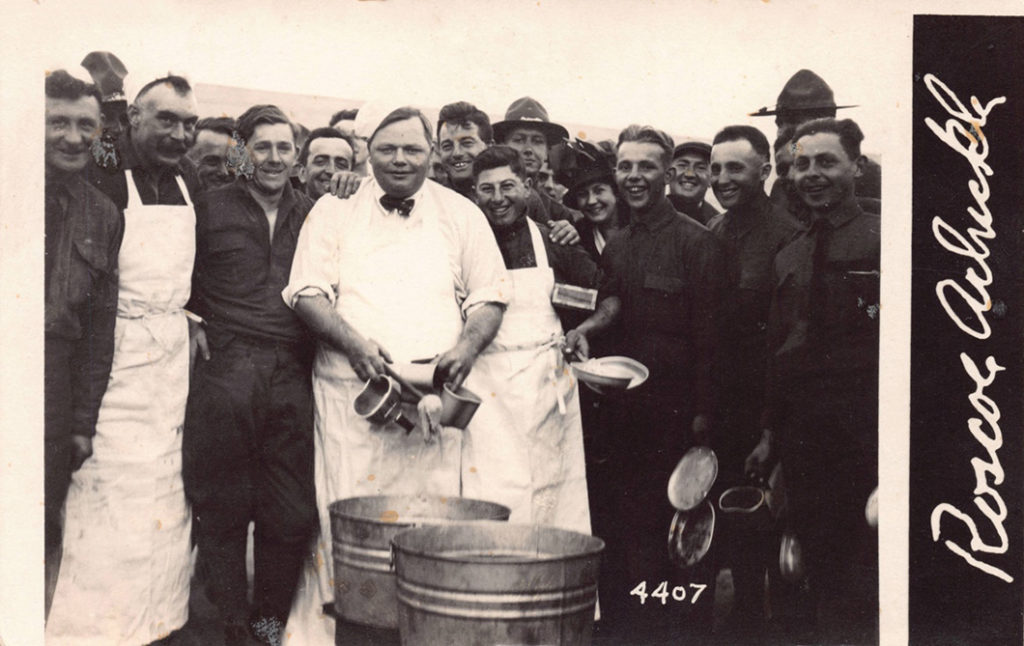
- Real photographic postcard of Roscoe “Fatty” Arbuckle entertaining troops, location unknown likely taken with a Kodak Autographic Camera ca 1915-17. Collection of the author.
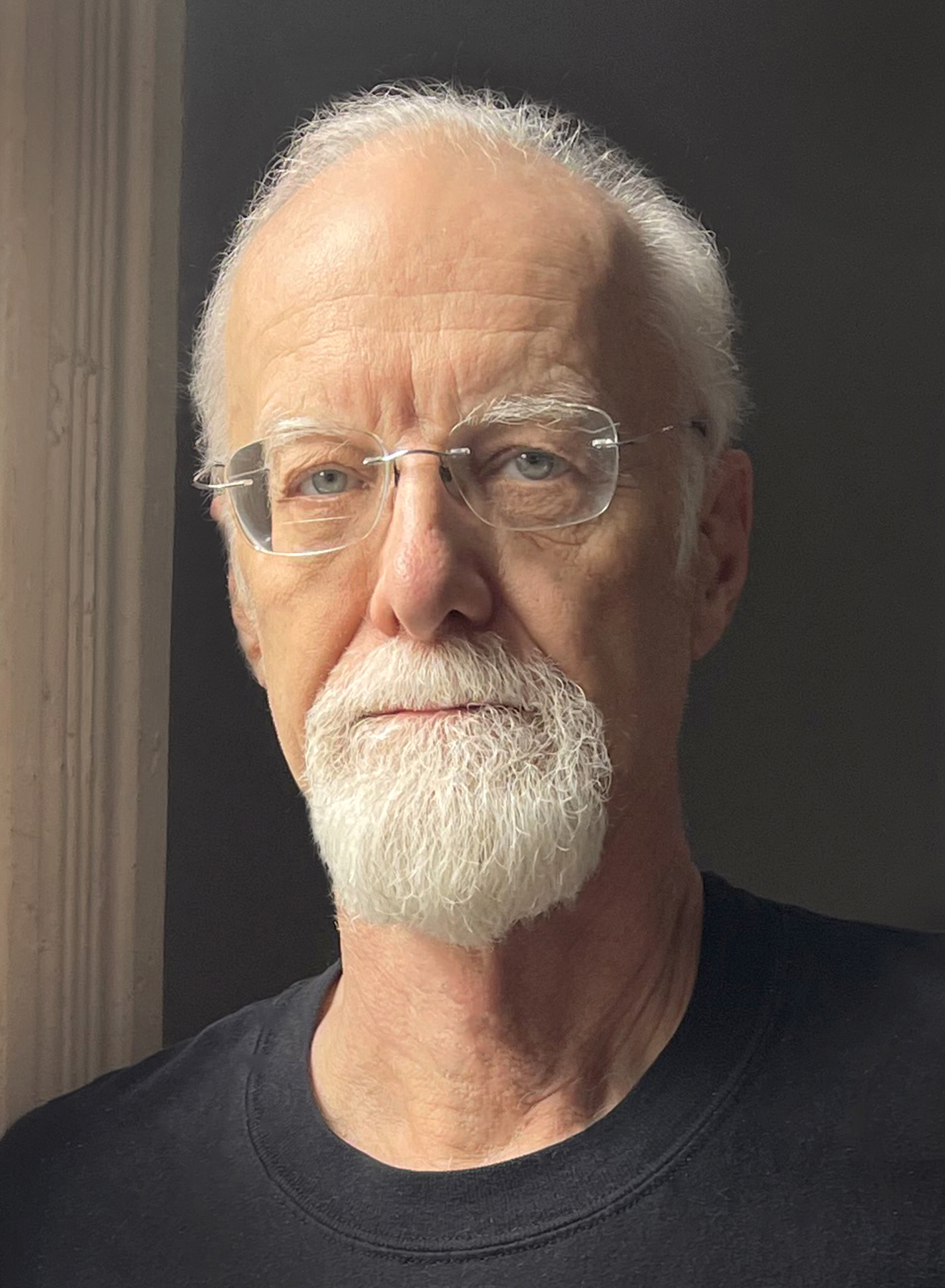
Jeremy Rowe
Contributing Writer
Jeremy Rowe has collected researched and written about historic photography for over 30 years. His collecting has focused on 19th and early 20th century photographs – ranging from daguerreotypes and cased images to mounted photographs, real photo postcards, and vernacular images with an emphasis on Arizona and the Southwest, Lower Manhattan, and the open-ended category of “images that strike me.”
Jeremy has curated exhibitions and served on the boards of the Daguerreian Society, National Stereoscopic Association, Daniel Nagrin Film, Theater and Dance Foundation, In Focus, and Ephemera Society of America. Jeremy is currently working with the Library of Congress Prints and Photographs to establish a National Stereoscopic Research Collection and Research Fellowship.
Jeremy has written numerous publications about historic photography, including Arizona Photographers 1865 – 1920 a History and Directory, Arizona Real Photo Postcards a History and Portfolio, and Arizona Stereographs 1865- 1930.
Jeremy has three degrees from Arizona State University and is an Emeritus Professor. He is currently a Senior Research Scientist at New York University and travels between New York City and Arizona.

